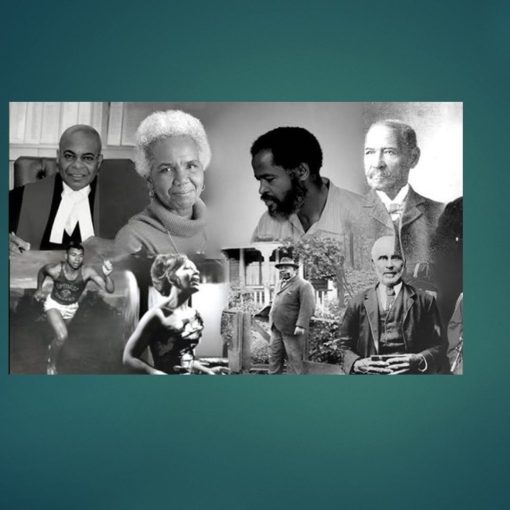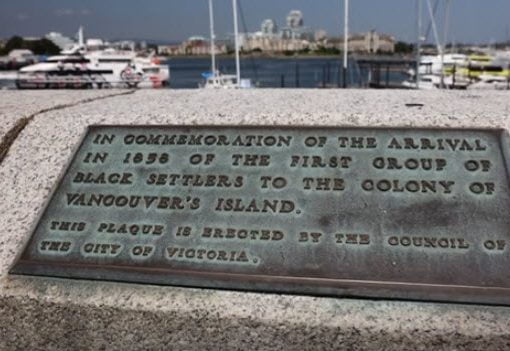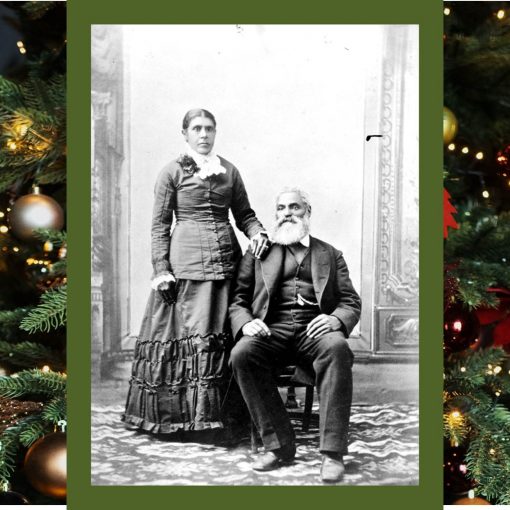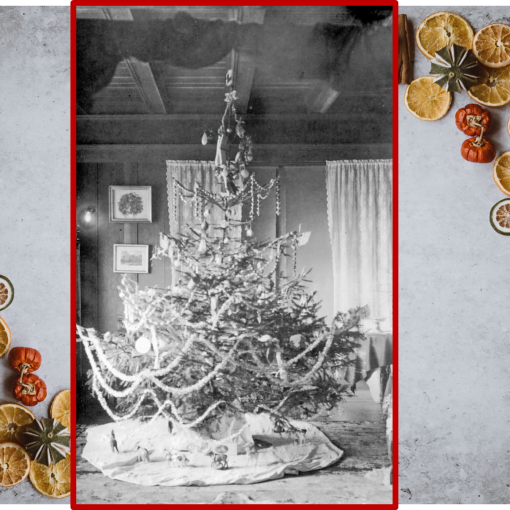A tinsmith by trade, Deas became the leading canner on the Fraser River in the 1870's. Deas Island, where the cannery was located, bears his name.
To mark Canada's 150th birthday, 150 noteworthy British Columbian's were named: February 24, 2017: John Sullivan Deas - built first commercial salmon cannery.
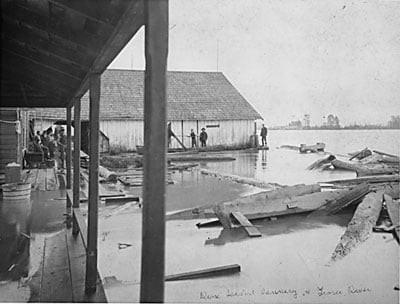
Salmon and British Columbia appear to most of us as inseparable. The name John Sullivan Deas rightfully belongs among the founders of the salmon canning industry in British Columbia.
Pioneer canners had to contend with marked annual fluctuations in the abundance of salmon on the Fraser River. A pronounced four-year cycle characterized the races of sockeye salmon, the species favoured by the early canners. In those years, the dominant year ran on a four-year pattern, with a sub-dominant year following each heavy year and two light years in between. Yet in the earliest years, the difficulty of mastering the canning process itself rather than the abundance of fish determined the size of the pack or amount of canned fish.
Through the early years of the salmon canning industry in British Columbia, a Black man named John Sullivan Deas, born in 1838, a tinsmith by trade was the leading canner on the Fraser River. He came to Canada about 1862, and by 1866 he was a manufacturing tinsmith and hardware dealer in Yale. He started canning salmon on the lower Fraser River in 1871.
By 1874 the cannery consisted of three substantial buildings, together with smaller buildings, a wharf, and sheds. Deas operated it until the end of the 1878 season. The production, depending on the salmon run was 200,000 to 400,000 cans per year. The salmon was sold through an agent and was primarily shipped to England.
The canning process itself and the steps taken in getting the fish from the river, cleaning, cutting, and putting them into cans made of tin, was as important as having plenty of fish close at hand. According to Deas, in 1872, a light year, the runs were so small that the 200,000 cans (6,250 cases) prepared for the pack could not be filled. But even in 1873, a heavy year when good packs might be expected, both Deas and Loggie and Company, as the partnership was commonly called, could together put only a little more than 4,250 cases.
Throughout the early years of development, Deas was successful and the leading canner on the Fraser River. The Deas Island Cannery could boast that for the 1872-73 season it had canned twice as large a pack as any other fishery. Published figures for 1874 and 1876 show him maintaining his lead and the 1875 figures, though not available, would no doubt confirm the trend. However, as the “big” cycle year of 1877 approached, this lead was threatened --- a firm market and anticipation of heavy catches produced a minor “boom.” Other canneries soon began to be set up, the owners attracted by easy access to the salmon.
Deas must have watched the opening of additional canneries with some uneasiness. He was already on record, in his first years as a canner, as having a limited view of the potential of the Fraser River. He warned that the Fraser could not be compared to the Columbia River, where the fishing season and the salmon run were twice as long. Furthermore, disputes between rival canneries, charges that fish were wasted and that some canners were bringing low-quality raw fish down from the upper Fraser all influenced Deas to seek an exclusive lease of drifts near his cannery. This request was denied both in Victoria and in Ottawa. After this defeat, Deas remained only one more season in the canning business.
In 1878, Deas sold his cannery and went to live in Portland, Oregon with his wife, Fanny and their seven children. His health was poor, for tinsmithing was not a healthful occupation. Seven seasons in salmon canning in the decade of continuous operation on the Fraser River entitle John Sullivan Deas to a prominent place among the founders of the canning industry in British Columbia. He died July 22, 1880 at the age of 42.
The Fraser River canneries are all gone. The names of their owners are forgotten, but the site of John Sullivan Deas’ salmon canning factory is easy to locate. Every day thousands of motorists pass by its former location. Highway 99 on the lower mainland crosses Deas Inland in the south arm of the Fraser River. The roadside sign reads Deas Slough (or Deas Crossing) near a tunnel, which was once named after him, later changed to the George Massey Tunnel.

The labels: Deas commissioned Grafton Tyler Brown "G.T. Brown and Company" of San Francisco to design the labels. Grafton Tyler Brown was a cartographer, lithographer, and painter and is considered the first professional Black artist in the Pacific North West. The labels were designed when Brown was in San Francisco but when he lived in B.C. he also had a studio in Victoria. You can read more about Grafton Tyler Brown here on our website.
Quick Facts
Pioneer Salmon Canner in British Columbia
Birth: 1838, South Carolina, USA
Death: July 22, 1880, Portland, Oregon, USA
Education: Tin smith
Spouse: Fanny Harris

